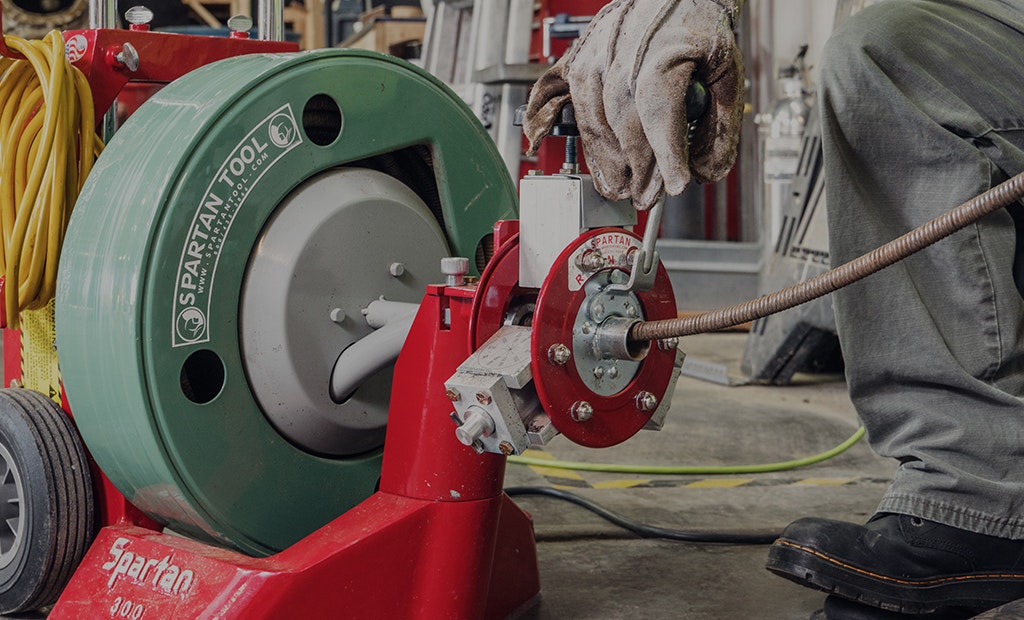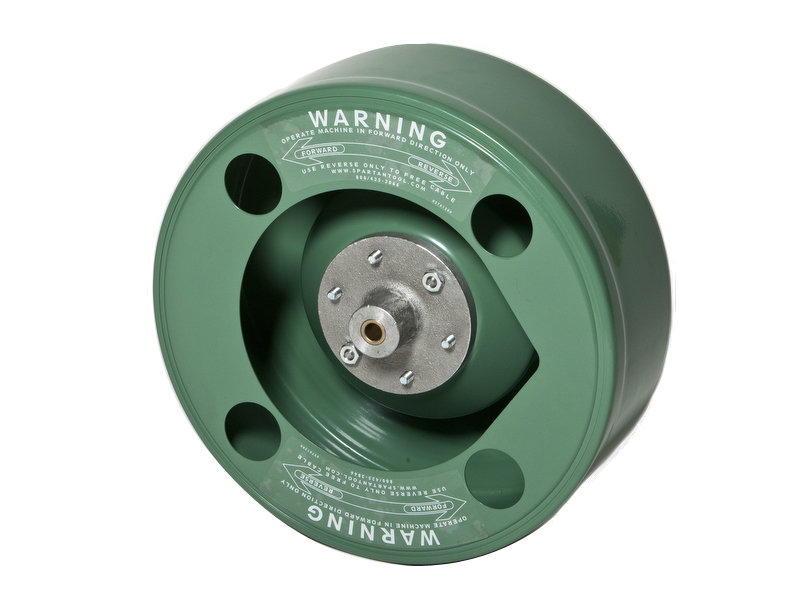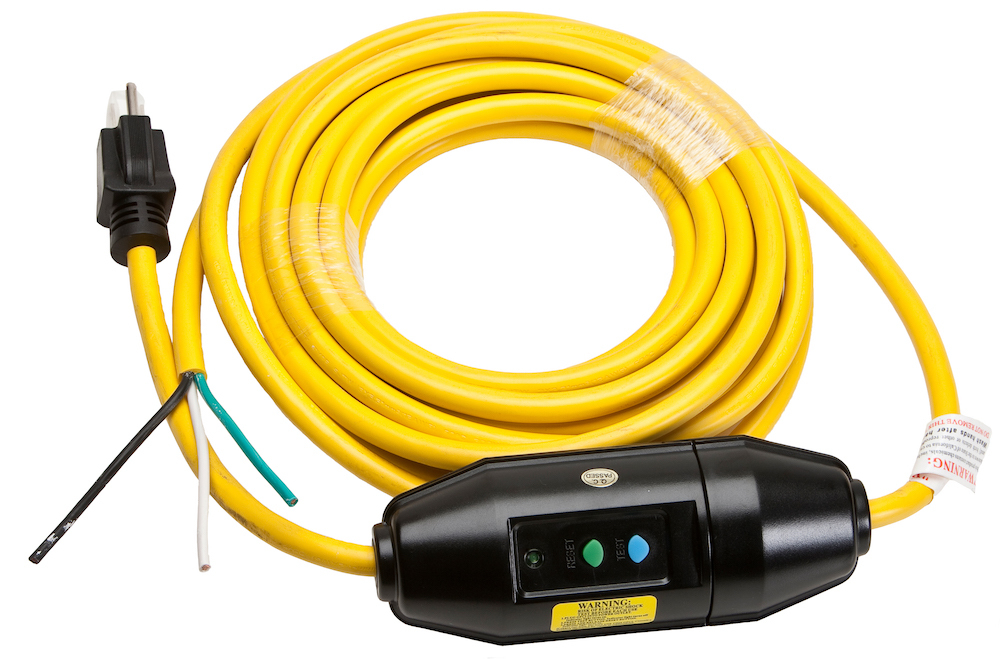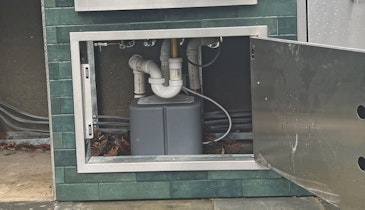Follow these 3 steps to keep your equipment running and avoid unexpected downtime.
Tip #1: Keep your machine clean and well lubricated.
This goes a long way in keeping your machine in tip-top shape. This helps not only the outside of your machine, but the inside of the drum and power feed in particular.
Drum: It is amazing how much gunk can get built up in your drum because it has nowhere else to go. That is why it is imperative to periodically clean the inside of the drum by filling it with hot water to remove any grease, sediment or sewer water that has accumulated. Often homeowners will pour acidic DIY cleaners down the drain before calling you, and this can weaken your cable, making it wear out and need to be replaced sooner.
Additionally, be sure to replace the cable clamp and anchor cable on a regular basis. If the operator cleans four or five mainlines a day, plan on replacing these parts every six months.
Power feed: Grease and sediment can get between the bearings of the power feed, causing friction and slowing down cable feeding and retrieval. Often an operator will crank down the power feed handle, putting intense pressure on the bearings which can cause them to crack or break. Once this happens, it will be difficult to retrieve the cable and get it back in the machine. Using a lubricating spray like PB-Blaster or WD-40 will help keep the bearings clean and allow for much smoother operation.
In harsh winter environments, bearings are exposed to cold and wet environments which can also cause them to crack. Be sure to keep a secondary set of bearings with you in case they do break at a job site.
Tip #2: Make sure that your machine is safe.
Check that you have a properly functioning GFI cord, that all electrical components are correctly connected, and there are no tears in your power cord. All it takes is a small amount of water on an exposed wire to cause a bad day. Homes that are over 40 to 50 years old could have poor wiring, no GFI safety plugs or even a three-prong outlet. Always use an electrical tester to check your customer’s outlets.
Tip #3: Always keep a good, strong cable in your machine to effectively cut through tree roots and grease.
Weak cables (that are flimsy like a cooked noodle), can flip over inside the drum or even worse, can wrap around the operator’s hands if they over-torque on a clog. This also pertains to safety, as you never want to force the cable or get in a rush while cabling a customer’s sewer line.
When replacing the cable, if you use shorter sections (25 or 50 feet) to make up 100 to 150 feet total in your Spartan Model 1065 or 2001, always put the newest cable toward the back of the drum. This allows maximum torque power through the cable by having the strongest and stiffest cable push out the entire length of cable. Finally, if your anchor cable is flimsy and limp, be sure to replace it.
Stay safe and happy cleaning.








